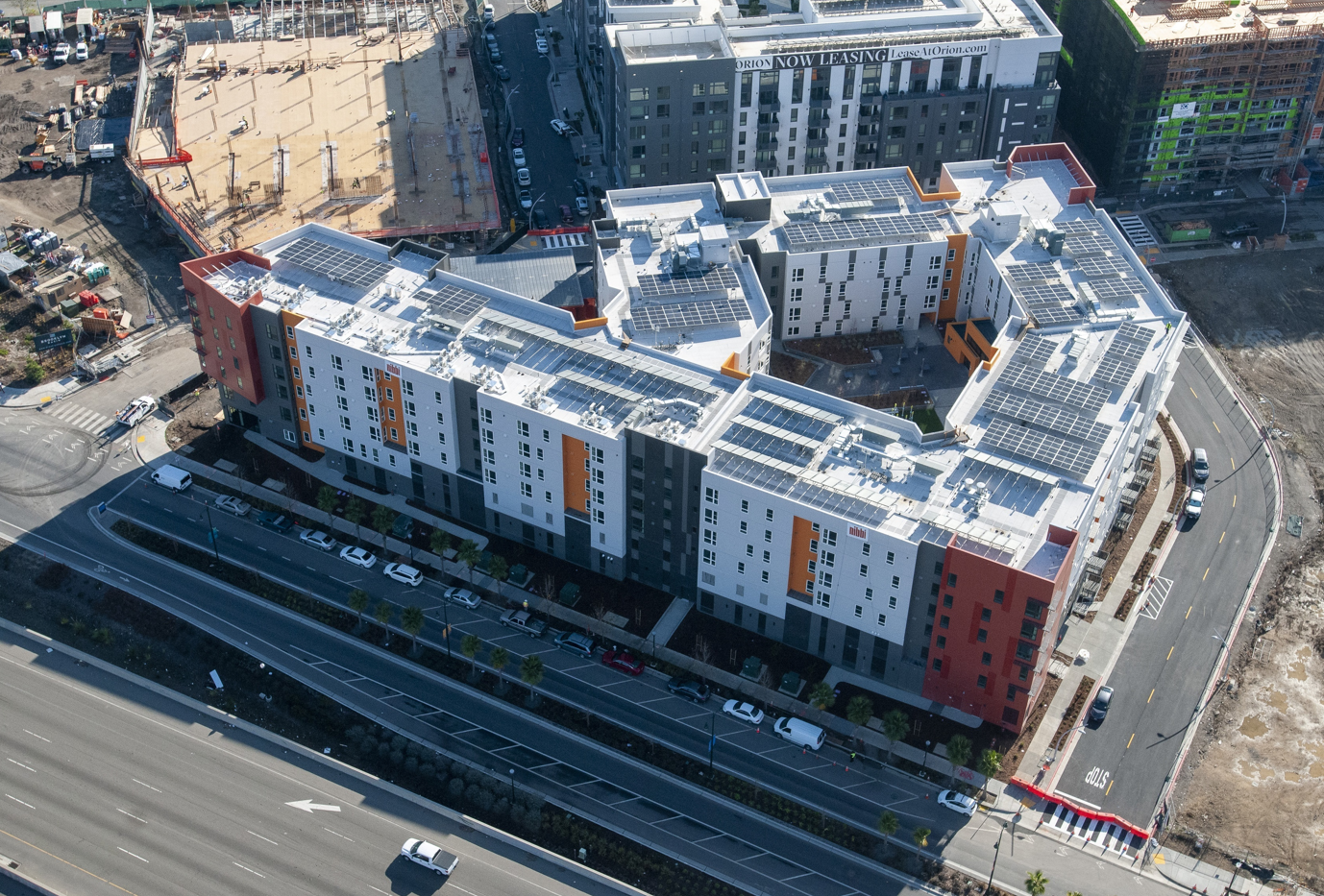.
Regional Measure 4 (RM4) Information & Resources
Oakland HCD's Regional Measure 4 PowerPoint Slide Deck (PDF)
PDF file of PowerPoint slide deck of Oakland HCD Department's Regional Measure 4 Community Engagement Info Sessions
Oakland HCD's Regional Measure 4 Presentation Recording on April 25th
Video recording of Oakland HCD Department's Regional Measure 4 Community Engagement Info Session on April 25th
Oakland HCD's Regional Measure 4 Presentation Recording on May 20th
Video recording of Oakland HCD Department's Regional Measure 4 Community Engagement Info Session on May 20th
MTC BAHFA
Official BAHFA website by Metropolitian Transportation Commission (MTC)
BAHFA 101 (YouTube)
Short video on what is BAHFA and the 3Ps
BAHFA 102 (YouTube)
Short video on the impact on affordable housing if the Regional Measure 4 bond passes in November 2024.
MTC BAHFA (Publicly Shared Drive)
MTC: Publicly Shared - BAHFA Technical Assistance for Local Expenditure Plans
Regional Measure 4 (RM4) FAQ
- What is the Bay Area Housing Finance Authority?
The Bay Area Housing Finance Authority (BAHFA) is a regional government agency that works on addressing the Bay Area’s housing crisis. It covers all nine counties in the Bay Area and is governed by the Metropolitan Transportation Commission (MTC) board. This board has local leaders from different areas, including one from Oakland. BAHFA was created in 2019 and is pursuing multiple strategies to produce new affordable housing, preserve existing affordable housing, and protect Bay Area residents from displacement.
- What is the regional housing bond?
The Regional Measure 4 (RM4), formerly known as the regional Bay Area Housing Finance Authority (BAHFA) bond, had the potential to raise $20 billion for affordable housing. As one of the largest cities in the Bay Area, the City of Oakland would have received a direct allocation of funding amounting to $765 million if the bond had passed in November 2024. However, RM4 was no longer on the ballot for this upcoming November election.
- How much money will go to Oakland?
Had RM4 passed, the City of Oakland would have received a direct allocation of $765 million, while Alameda County's total allocation would have been $1.97 billion.
- How was it decided how much money would go to Oakland?
Had RM4 passed, Oakland's share of the regional bond money would have been determined in two steps:
First, 80% of taxes paid in Alameda County for the bond will be returned to the city and county. BAHFA will keep the remaining 20% for their housing programs. Second, the amount Oakland will receive is based on how much new affordable housing Oakland plans to build between 2023 and 2031, compared to the whole county.
- How would this money be used in Oakland?
Had RM4 passed, the City of Oakland would have used the bond money according to BAHFA guidance and in alignment with the Housing and Community Development Department's 2023-27 Strategic Plan. The majority of funds would have been dedicated to building new affordable homes, especially for people experiencing homelessness. The next priority will be to preserve existing affordable homes and ensure they are affordable long-term. Oakland HCD aims to continue building off the success of its Homekey/Rapid Response Homeless Housing (R2H2) projects that have already facilitated hundreds of housing placements.
- How much will it cost from a property owner's perspective?
Had RM4 passed, property owners would have paid based on their assessed value (not market value) as shown on their property tax bill. For every $100,000 of assessed value, property owners would have been expected to pay $24 each year for the $20 billion bond. For example, if a property is assessed at $500,000, the owner would have paid about $120 per year.
- Who will move into the newly built housing?
For new affordable housing units, the City of Oakland generally requires funded projects to apply a live/work preference in leasing for existing Oakland residents and people who work in Oakland. This live/work preference otherwise ensures that members of the Oakland community have the first shot at the affordable housing that Oakland helped fund. The City waives this preference when necessary to leverage additional funding sources and ensure it can stretch its dollars as far as possible.
Unhoused residents needing Permanent Supportive Housing must go through a system run by Alameda County called Coordinated Entry. This system looks at all the unhoused residents in the county that have signed up and help those who need housing the most urgently. Factors like health, being a victim of crime, length of homelessness, and others determine a person’s urgency of need. More than half of Alameda County's unhoused population live in Oakland, and in 2023, about half of the people who got housing through Coordinated Entry were from Oakland.
- What resources will be available to cover other needs, like helping first-time homebuyers and fixing homes for seniors?
Besides the City of Oakland, Alameda County would have also received funding from the Regional Measure 4 bond. Alameda County is developing its long-term strategic housing plan to determine different ways to use the money. While some of this funding will likely cover the same kind of housing for the unhoused as Oakland is investing in, it can include helping people buy their first home or fixing up existing homes. Oakland residents may benefit from these projects depending on the outcome of Alameda County’s bond investment plan.
Posted: March 27th, 2024 12:00 AM
Last Updated: September 24th, 2024 4:22 PM
